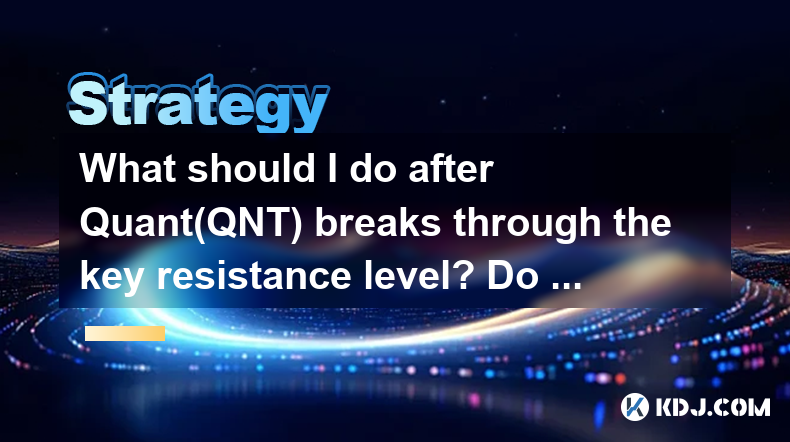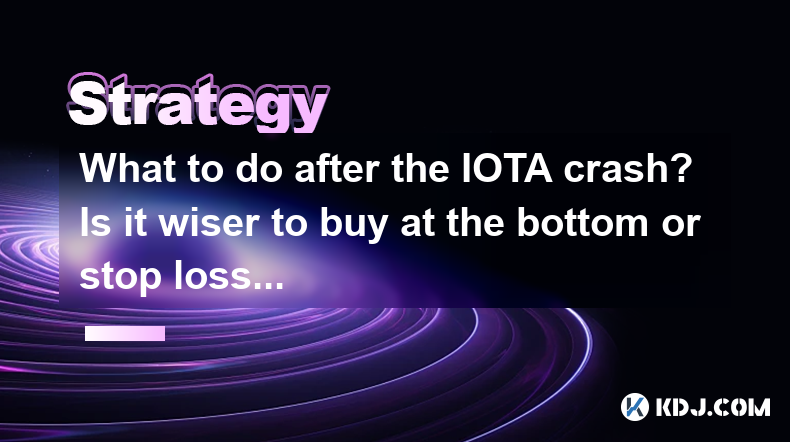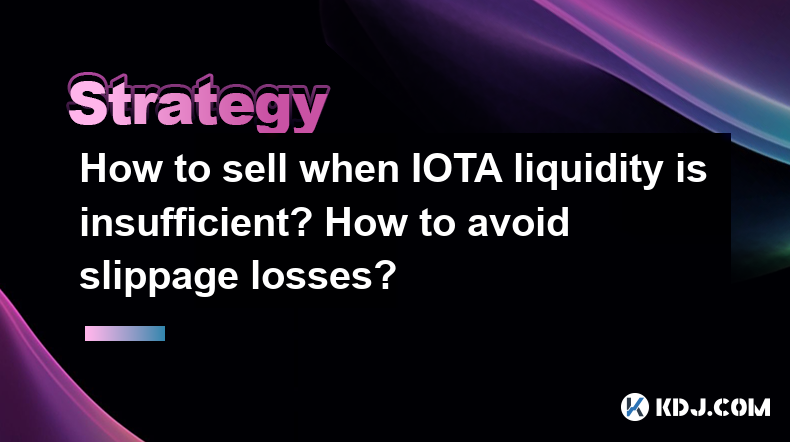-
 Bitcoin
Bitcoin $95,622.6443
-0.82% -
 Ethereum
Ethereum $1,834.6605
0.29% -
 Tether USDt
Tether USDt $1.0002
-0.02% -
 XRP
XRP $2.2015
-0.19% -
 BNB
BNB $596.2409
-0.24% -
 Solana
Solana $145.6548
-1.72% -
 USDC
USDC $0.9999
0.00% -
 Dogecoin
Dogecoin $0.1744
-2.78% -
 Cardano
Cardano $0.6946
-1.18% -
 TRON
TRON $0.2483
0.16% -
 Sui
Sui $3.2220
-5.23% -
 Chainlink
Chainlink $14.0830
-2.22% -
 Avalanche
Avalanche $20.1811
-3.69% -
 Stellar
Stellar $0.2686
-1.45% -
 UNUS SED LEO
UNUS SED LEO $8.9767
0.62% -
 Toncoin
Toncoin $3.0918
-3.19% -
 Shiba Inu
Shiba Inu $0.0...01301
-1.85% -
 Hedera
Hedera $0.1789
-2.92% -
 Bitcoin Cash
Bitcoin Cash $358.2190
-3.18% -
 Hyperliquid
Hyperliquid $20.4390
-0.91% -
 Litecoin
Litecoin $86.0020
-1.33% -
 Polkadot
Polkadot $4.0054
-3.29% -
 Dai
Dai $1.0001
0.00% -
 Bitget Token
Bitget Token $4.3585
-0.77% -
 Monero
Monero $274.9787
-0.13% -
 Ethena USDe
Ethena USDe $1.0006
-0.02% -
 Pi
Pi $0.5898
0.31% -
 Pepe
Pepe $0.0...08146
-4.28% -
 Aptos
Aptos $5.1389
-4.22% -
 Uniswap
Uniswap $5.0650
-2.05%
What should I do after Quant(QNT) breaks through the key resistance level? Do I need to set a stop loss?
After QNT breaks key resistance, confirm breakout with high volume and sustained price above level, then adjust strategy, set stop loss, and monitor continuously.
May 03, 2025 at 11:29 pm

After Quant (QNT) breaks through a key resistance level, several strategic actions can be taken to maximize potential gains and manage risks effectively. This article will guide you through the steps you should consider and whether setting a stop loss is necessary.
Understanding Key Resistance Levels
Key resistance levels are price points at which an asset tends to face selling pressure, preventing it from rising further. When QNT breaks through such a level, it suggests a strong bullish momentum, indicating that the market sentiment is shifting in favor of the buyers. This breakthrough can be a signal for traders to adjust their strategies.
Analyzing the Breakthrough
Before taking any action, it's crucial to confirm the validity of the breakout. A false breakout can lead to significant losses. To confirm the breakout, look for the following:
- Volume: A genuine breakout is often accompanied by high trading volume, indicating strong market interest.
- Price Action: The price should maintain its position above the resistance level for a sustained period, ideally closing above it on a daily chart.
- Market Sentiment: Check news, social media, and other indicators of market sentiment to ensure there's a positive outlook for QNT.
Adjusting Your Trading Strategy
Once the breakout is confirmed, you can consider the following adjustments to your trading strategy:
- Take Profits: If you entered the position before the breakout, consider taking partial profits to secure some gains while leaving the rest of your position open to benefit from further potential increases.
- Increase Position Size: If you believe in the continued upward trend, you might want to increase your position size. However, this should be done cautiously and within your risk tolerance.
- Set New Targets: Establish new price targets based on technical analysis, such as Fibonacci extensions or trend lines, to guide your exit strategy.
Setting a Stop Loss
Setting a stop loss is a critical aspect of risk management, especially after a breakout. A stop loss order helps limit potential losses by automatically selling your asset if the price falls below a certain level. Here’s how to set a stop loss after a breakout:
- Determine the Stop Loss Level: Place your stop loss just below the broken resistance level. This level acted as support before the breakout and could serve as a new support level.
- Consider Volatility: Adjust your stop loss based on the asset’s volatility. More volatile assets might require a wider stop loss to avoid being stopped out prematurely.
- Use a Trailing Stop: A trailing stop can be beneficial as it moves with the price, locking in profits while still providing downside protection.
Monitoring and Adjusting
After setting your stop loss and adjusting your strategy, continuous monitoring is essential. Here are some points to consider:
- Price Movements: Keep an eye on how QNT behaves after the breakout. If it continues to rise, you might want to adjust your stop loss higher to lock in more gains.
- Market News: Stay updated with news related to Quant and the broader crypto market, as significant news can impact price movements.
- Technical Indicators: Use technical indicators like moving averages, RSI, and MACD to gauge the strength of the trend and potential reversal points.
Managing Emotional Responses
Trading can be emotionally challenging, especially after a significant event like a breakout. Here are some tips to manage your emotions:
- Stick to Your Plan: Have a clear trading plan and adhere to it, regardless of short-term price fluctuations.
- Avoid Overtrading: Don’t make impulsive decisions based on short-term movements. Stick to your analysis and strategy.
- Take Breaks: If you find yourself becoming too emotionally involved, take a break from trading to regain perspective.
Frequently Asked Questions
Q: How can I tell if the breakout of QNT is a false one?
A: To determine if the breakout is false, look for low trading volume during the breakout, a quick reversal back below the resistance level, and negative market sentiment. If these signs are present, it might be a false breakout.
Q: Should I always take profits after a breakout?
A: Not necessarily. It depends on your trading strategy and risk tolerance. Taking partial profits can be a good strategy to secure some gains while leaving room for further potential increases.
Q: What other indicators can I use to confirm a breakout besides volume?
A: Besides volume, you can use indicators like the Relative Strength Index (RSI) to check for overbought conditions, the Moving Average Convergence Divergence (MACD) for trend confirmation, and Bollinger Bands to assess volatility and potential breakouts.
Q: Can I use a fixed percentage for my stop loss, or should it always be based on technical levels?
A: While using a fixed percentage can be a simple approach, it's often better to base your stop loss on technical levels, such as just below the broken resistance level. This method accounts for the asset's specific price action and can provide a more tailored risk management strategy.
Disclaimer:info@kdj.com
The information provided is not trading advice. kdj.com does not assume any responsibility for any investments made based on the information provided in this article. Cryptocurrencies are highly volatile and it is highly recommended that you invest with caution after thorough research!
If you believe that the content used on this website infringes your copyright, please contact us immediately (info@kdj.com) and we will delete it promptly.
- As Hyperliquid Price Hits New Highs and Suffers a Twitter Security Mishap, Market Eyes Are Quickly Shifting
- 2025-05-04 16:20:12
- In a landmark move, over 70 leading crypto organizations, including Arbitrum, Yuga Labs, and Magic Eden have backed Thinkagents.ai's open-source framework
- 2025-05-04 16:20:12
- XYZVerse ($XYZ) Combines Sports and Crypto
- 2025-05-04 16:15:12
- Remittix Price Prediction: Double Your Investment as Institutional Demand Increases
- 2025-05-04 16:15:12
- Deribit Explores US Expansion, Driven by a More Crypto-Friendly Stance Under the Trump Administration
- 2025-05-04 16:10:12
- Bitcoin (BTC) Miners' Decisive Break Above $95K Injects Fresh Optimism
- 2025-05-04 16:10:12
Related knowledge

Is IOTA a long-term holding or a swing trade? Which one will yield higher returns?
May 04,2025 at 01:56am
Is IOTA a long-term holding or a swing trade? Which one will yield higher returns? IOTA is a unique cryptocurrency that operates on a distributed ledger technology called the Tangle, which is different from the traditional blockchain used by most cryptocurrencies. This distinction has led to a lot of debate about whether IOTA is better suited as a long-...

What to do after the IOTA crash? Is it wiser to buy at the bottom or stop loss?
May 01,2025 at 08:43am
After experiencing a significant crash in the value of IOTA, investors and traders are often left wondering about the best course of action. The decision to buy at the bottom or implement a stop loss can be pivotal, and understanding the nuances of each strategy is essential for making informed decisions. This article delves into the various approaches ...

Is the IOTA trading robot easy to use? How to set up an automated strategy?
Apr 30,2025 at 09:21pm
Is the IOTA trading robot easy to use? How to set up an automated strategy? The world of cryptocurrency trading has seen significant advancements in automation, and one such tool is the IOTA trading robot. Many traders are curious about the ease of use of these robots and how to set up an automated strategy. This article will delve into these topics, pr...

How to avoid phishing scams in IOTA transactions? What are the common scams?
May 04,2025 at 12:14am
Phishing scams are a prevalent issue within the cryptocurrency community, and IOTA transactions are no exception. To safeguard your assets and personal information, it's crucial to understand how to avoid these scams and recognize the common types you might encounter. This article will delve into the strategies for protecting yourself and the typical sc...

Which is more suitable for novices, IOTA contracts or spot? Where is the risk difference?
May 03,2025 at 03:35pm
When considering which cryptocurrency investment is more suitable for novices, it's essential to understand the differences between IOTA contracts and spot trading. Both options present unique opportunities and risks, but they cater to different types of investors with varying levels of experience and risk tolerance. In this article, we will delve into ...

How to sell when IOTA liquidity is insufficient? How to avoid slippage losses?
Apr 30,2025 at 05:21pm
Understanding IOTA LiquidityWhen dealing with cryptocurrencies like IOTA, liquidity refers to how easily you can buy or sell the asset without affecting its market price significantly. Insufficient liquidity in IOTA can lead to challenges such as slippage, where the price at which your order is executed differs from the price you expected. This article ...

Is IOTA a long-term holding or a swing trade? Which one will yield higher returns?
May 04,2025 at 01:56am
Is IOTA a long-term holding or a swing trade? Which one will yield higher returns? IOTA is a unique cryptocurrency that operates on a distributed ledger technology called the Tangle, which is different from the traditional blockchain used by most cryptocurrencies. This distinction has led to a lot of debate about whether IOTA is better suited as a long-...

What to do after the IOTA crash? Is it wiser to buy at the bottom or stop loss?
May 01,2025 at 08:43am
After experiencing a significant crash in the value of IOTA, investors and traders are often left wondering about the best course of action. The decision to buy at the bottom or implement a stop loss can be pivotal, and understanding the nuances of each strategy is essential for making informed decisions. This article delves into the various approaches ...

Is the IOTA trading robot easy to use? How to set up an automated strategy?
Apr 30,2025 at 09:21pm
Is the IOTA trading robot easy to use? How to set up an automated strategy? The world of cryptocurrency trading has seen significant advancements in automation, and one such tool is the IOTA trading robot. Many traders are curious about the ease of use of these robots and how to set up an automated strategy. This article will delve into these topics, pr...

How to avoid phishing scams in IOTA transactions? What are the common scams?
May 04,2025 at 12:14am
Phishing scams are a prevalent issue within the cryptocurrency community, and IOTA transactions are no exception. To safeguard your assets and personal information, it's crucial to understand how to avoid these scams and recognize the common types you might encounter. This article will delve into the strategies for protecting yourself and the typical sc...

Which is more suitable for novices, IOTA contracts or spot? Where is the risk difference?
May 03,2025 at 03:35pm
When considering which cryptocurrency investment is more suitable for novices, it's essential to understand the differences between IOTA contracts and spot trading. Both options present unique opportunities and risks, but they cater to different types of investors with varying levels of experience and risk tolerance. In this article, we will delve into ...

How to sell when IOTA liquidity is insufficient? How to avoid slippage losses?
Apr 30,2025 at 05:21pm
Understanding IOTA LiquidityWhen dealing with cryptocurrencies like IOTA, liquidity refers to how easily you can buy or sell the asset without affecting its market price significantly. Insufficient liquidity in IOTA can lead to challenges such as slippage, where the price at which your order is executed differs from the price you expected. This article ...
See all articles





















































































